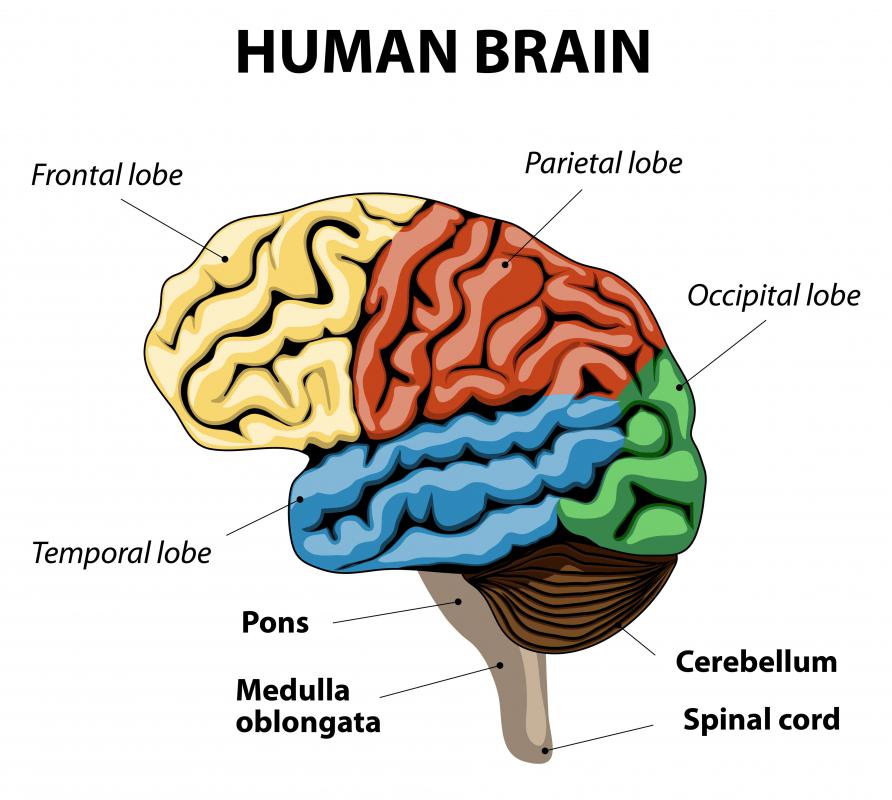At WiseGEEK, we're committed to delivering accurate, trustworthy information. Our expert-authored content is rigorously fact-checked and sourced from credible authorities. Discover how we uphold the highest standards in providing you with reliable knowledge.
What is St. John's Dance?
St John's Dance is a term used to refer to the frenetic and uncontrolled dancing exhibited during a series of “dancing plagues” that swept across Europe in the Middle Ages in the wake of the Black Plague. These incidents were well documented by contemporaries as they involved hundreds of people, sometimes lasted for days or weeks, and occurred in numerous European communities. There is a great deal of speculation about the origins of the dancing plagues and a number of theories have been put forward to explain them.
Notable incidents occurred in both 1374 and 1518. During episodes of St John's Dance, groups of individuals would dance in an uncontrolled and sometimes violent fashion. Contemporary chroniclers noted that dancers would continue dancing even if they were fatigued or injured and in a notable case in the 1200s, dancing was reported to have caused a bridge collapse. The Church believed that the dancers were possessed by the devil and as evidence presented the rantings and ravings of the dancers, many of whom became terrified of the color red and shrieked about devils when they were in the grip of the dancing mania.
Dancers clearly experienced pain and fatigue, crying and begging for mercy, but were unable to stop. Eventually, the dancing plagues petered out and no more cases of St John's Dance were reported.

The name “St John's Dance” is a reference to one of the patron saints of movement disorders. Some chronicles record it as “St Vitus' Dance,” a term now used to refer to chorea, a movement disorder caused by damage to the cerebellum. In the case of St John's Dance, evidence does not suggest that people had brain damage. Instead, it is believed to be an example of a mass psychological phenomenon.
It is notable that most cases occurred in communities that were heavily impacted by the plague. People experienced considerable stress in communities decimated by the plague and many people in the Middle Ages were susceptible to suggestions about being cursed by God for their sins. Researchers have suggested that the dancing plagues were the result of a combination of stress and the belief that communities could be cursed with uncontrollable dancing. As evidence, they point out that dancing plagues only occurred in communities where people had contact with the myth that St John's Dance was a form of divine retribution, and the dancing plagues stopped occurring as thinking about God's vengeance changed.
Other researchers have theorized that the dancing epidemics may have been the result of food poisoning, such as exposure to ergot, a fungus that can colonize grains. Whatever the causes, the dancing plagues were a very real phenomenon in the Middle Ages and contemporary accounts provide a great deal of information about how people thought about medicine, the Church, and their communities.
AS FEATURED ON:
AS FEATURED ON:











Discuss this Article
Post your comments